This year, I have been taking notice of the sun setting a little further and further away in the western sky each evening as every day equals a little more sunlight, and with it that added warmth as spring is settling in. Each passing sunset a reminder, that another day is done. Another day through the pandemic of COVID-19.
Many people acknowledge that COVID has brought them outside more. For some, it has become a means of exercising. For others, a new way of staying in touch with friends safely. And for still others, perhaps out of plain boredom. I wonder though…did we seek refuge in nature during the darkest depths of the pandemic because of its resiliency? And its ability to keep going, no matter the circumstances?
I wonder though…did we seek refuge in nature during the darkest depths of the pandemic because of its resiliency?
The sun continued to rise up every morning, and the seasons continued to billow their respective trends of heat, cold, rain and wind. The birds continued to fly around and go about their business. The bloodroot, pictured above I spotted on a walk along a roadside blazing itself in the afternoon sun emerged after some 2 feet of snow had buried it just a month and half before. A spring ephemeral, it blooms just a short time.
I think that when all the elements of our normal life had been stripped away, many saw the resiliency in nature as a guiding light. As a token of hope. Last May, I myself had never been more thankful for blooming flowers. They were an absolute delight to see. As were the tree swallows that returned here in late March from their Central America wintering grounds, just like they do every single year.

People are understanding that (and it is about time) the more time you spend in nature, the more benefit you receive from it. It’s no wonder that native plant sales this spring have been coming in hot. Likewise, the more you plant native species in your yard, the more likely you are to provide numerous benefits to pollinators and birds too. And the best part about native plants: they come back every year.
And the best part about native plants: they come back every year.
They are resilient. They have to be. They have been able to tolerate drought. They have been able to tolerate floods, and it is wonderful to see people all over my town flocking toward native plant sales. Online sales as well as in person!
Some of the plants in my yard skip across beds and seed themselves where they want to. Some are opportunistic and love to seek out a new spot. And we let them. If that is where they want to grow. One such plant that we have in one of our meadows however, has seemingly accomplished the extraordinary. A Monarda fistulosa has skipped itself across the pavement of our street, and landed sprouting up against a curb about 250 feet from its original location. Talk about resiliency.
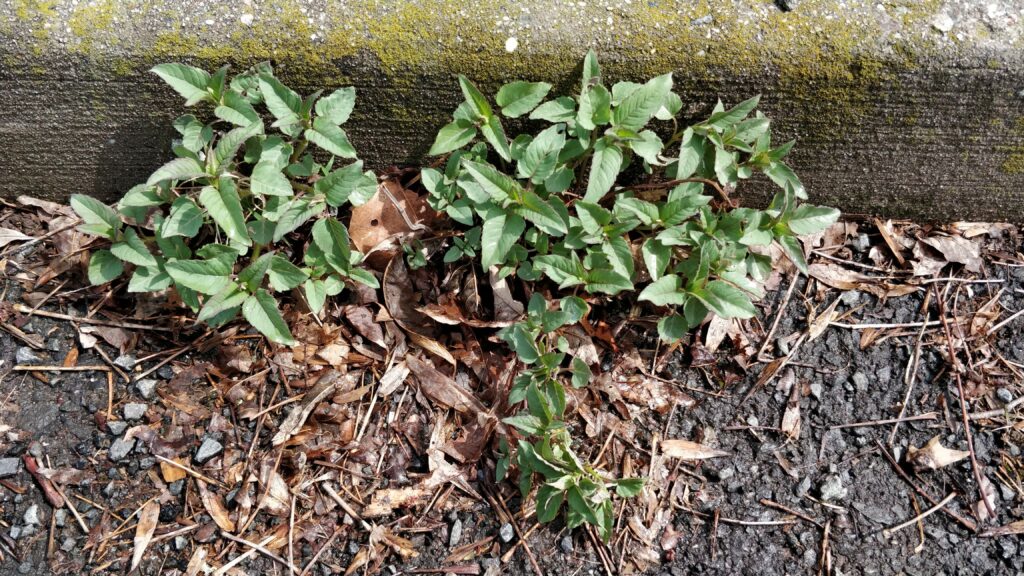
It came from this meadow, (pictured below) which in this picture is in full bloom in July and August.
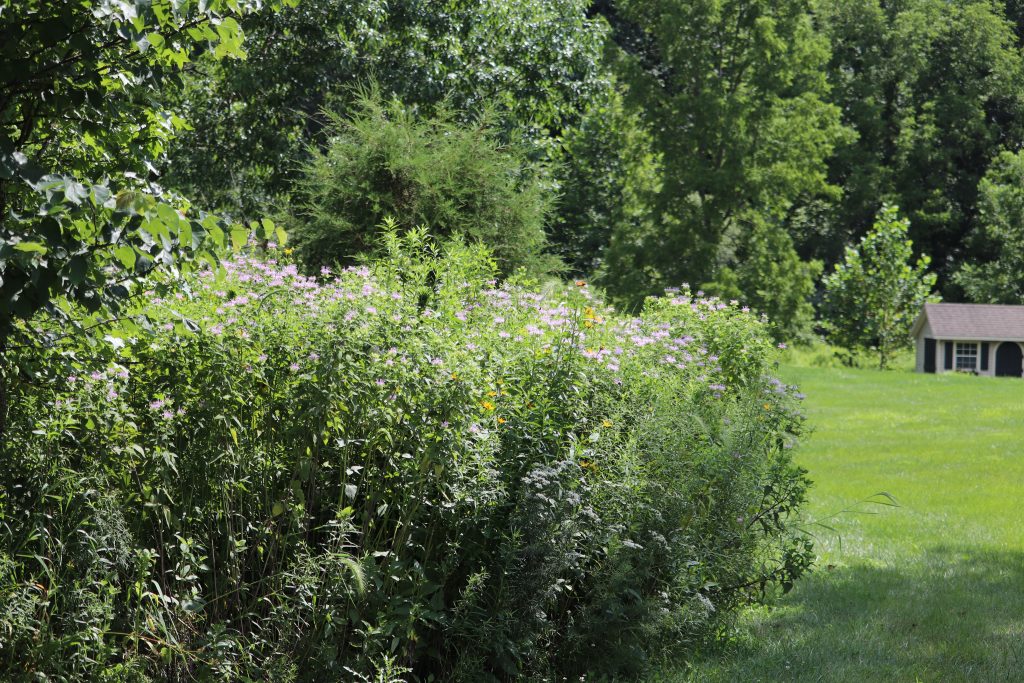
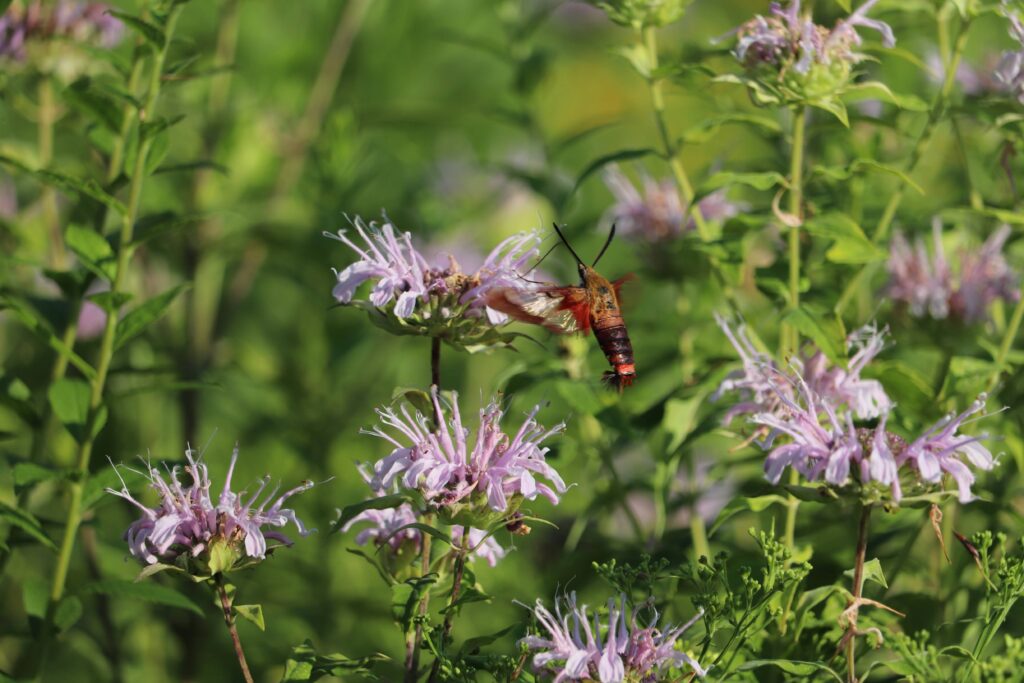
There is a lot to like love about native plants, and I hope that many people soon begin to realize that nature’s resiliency is rather spectacular. The above photo is a close up of the Monarda fistulosa, also commonly called Bee Balm, or Horse-Mint, with a hummingbird moth.
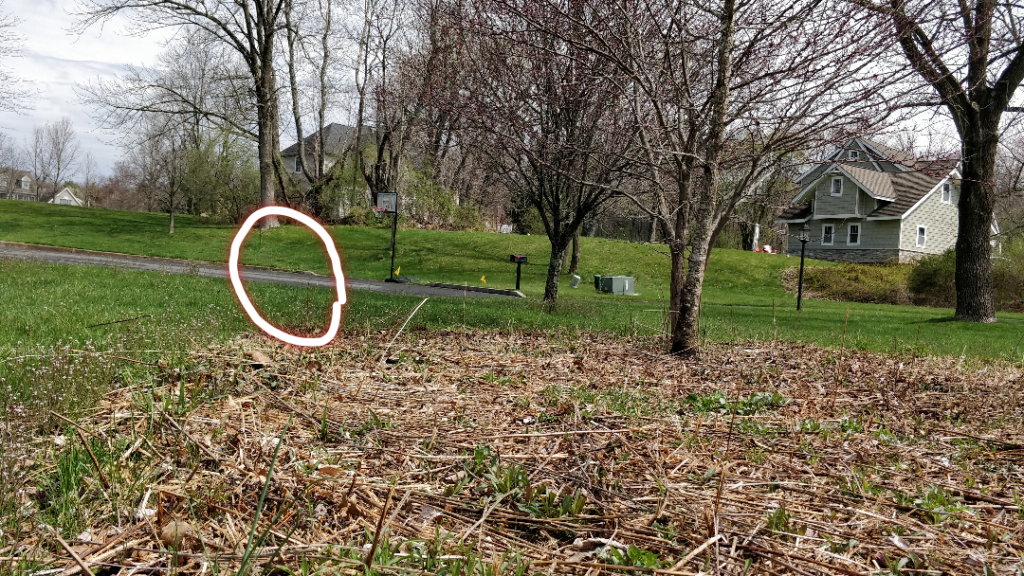
The white circle above encompasses two things: one, the bottom of the circle shows the area of meadow in spring while the portion of the circle that is against the curb (not far from the basketball net) shows where the seeds decided it was nice place to go and grow.
I do wonder…what did my neighbor think when I was photographing the street a few days ago!
If they were to stop and ask, I might just have to say: “I am just taking notes on the resiliency in nature…there is something to be learned here.”
I would like to thank Peter Couchman, of Bowman’s Hill Wildflower Preserve for inspiring me to write this blog post, after saying: “We’ve been through a lot this past year, haven’t we??”
I would also like to thank my long-time landscape architect who pointed out this resilient plant growing out of a curb a few days ago. It comes as little surprise to me that in fact, his very mission in creating landscapes is based on resiliency:
Weatherwood Design…a native plant-based landscape architectural consulting firm specializing in ecological, resilient garden design and complementary sustainable rustic furniture resulting in unique spaces for outdoor places. At Weatherwood we believe that resilience goes beyond sustainability and strives to regenerate or breathe additional life into surrounding wildlife habitats and, in turn, the regional ecosystem. For this reason Weatherwood focuses on native plantings and natural habitat design.


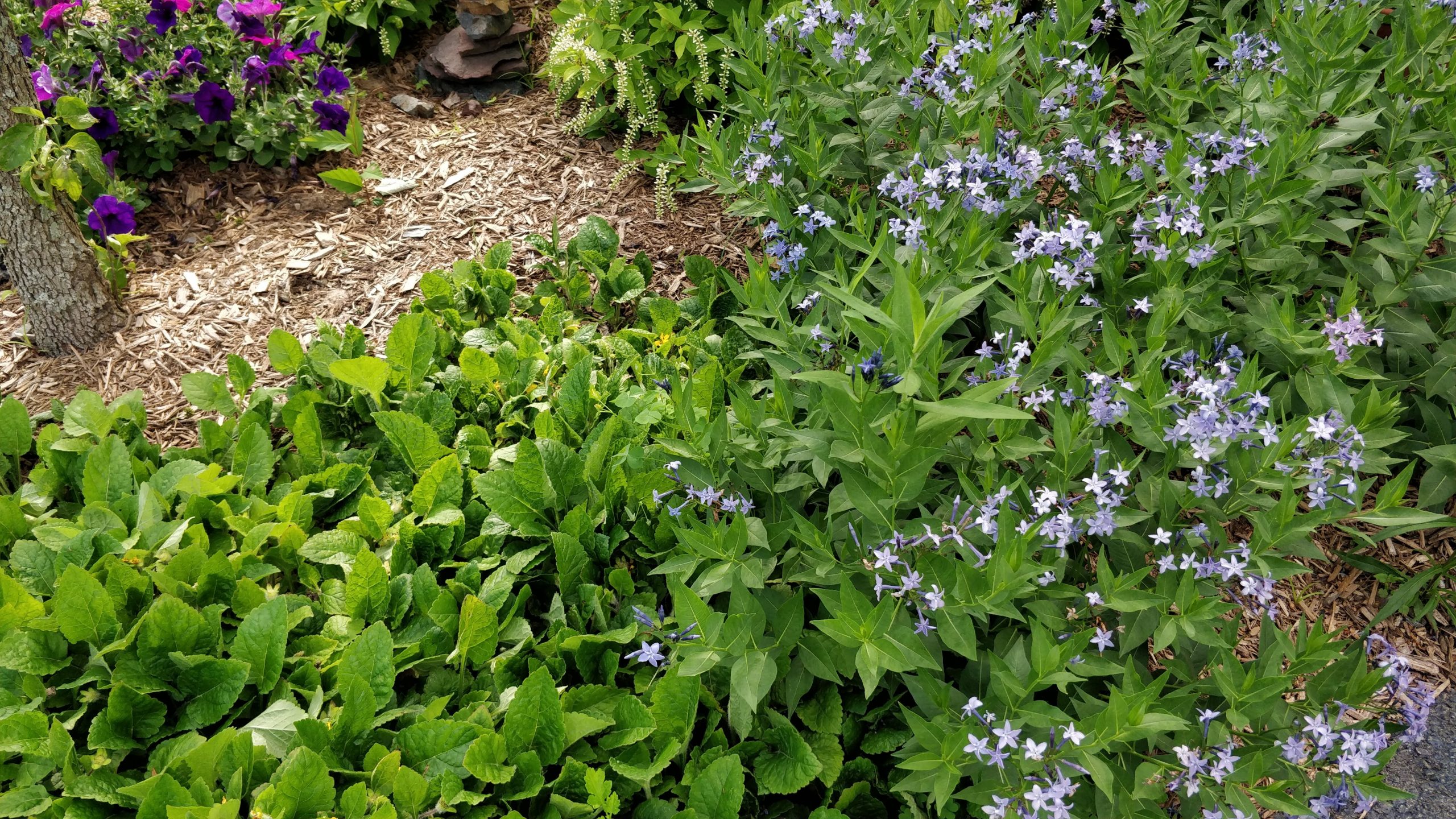
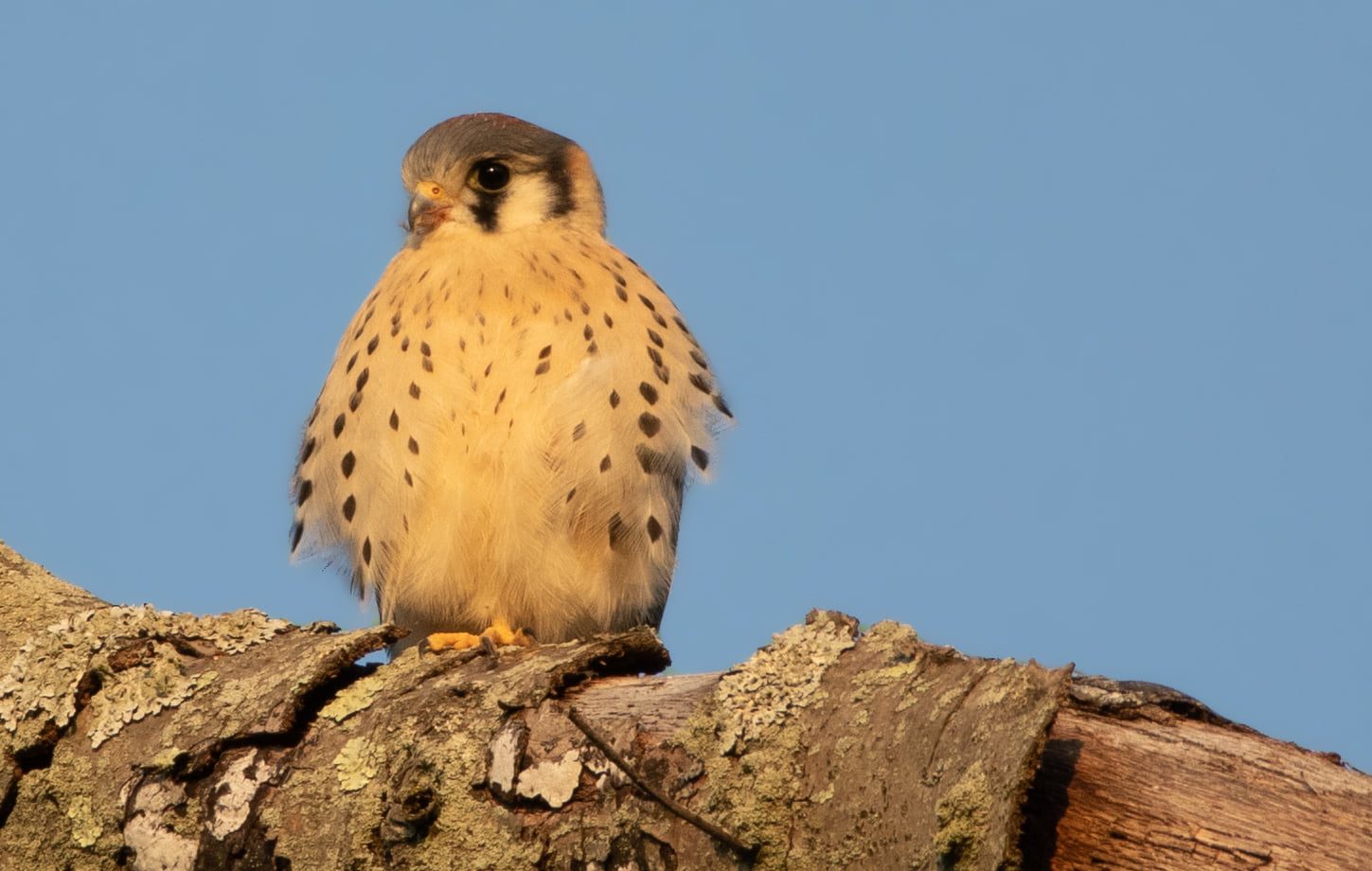

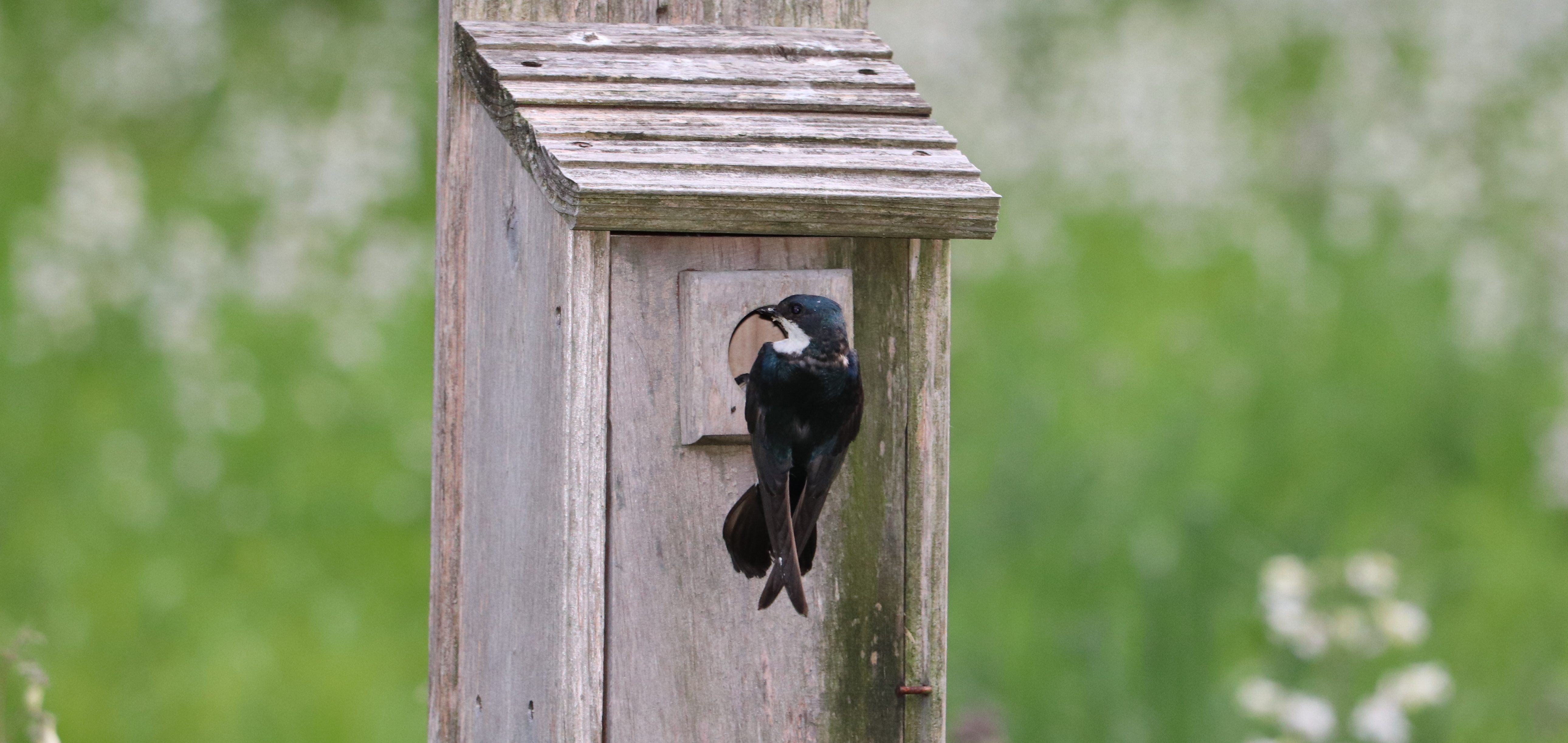
Good Morning Samantha,
……. as usual it took me a week to get to reading your blog and what I am most thankful for in your writing is that it reminds and revitalizes me as to why I do, what I do. We all are hear because nature continues to exist on this planet. Nature continues its purpose to survive and thrive as much as it can under almost any circumstances. That is what nature is programmed to do – to live and live for the next generation while letting most other organisms co-exist? Do we humans do this task as well? If our lot wants to continue to be here in this beautiful world, we need to do our part honestly and continually, to let nature be its true character – to be resilient and thrive! If we as a society do otherwise, we will not thrive nor survive over time.
Well written, as usual. Thankfully, nature is resilient, but sometimes it needs assistance. I am glad to see you are helping it along.